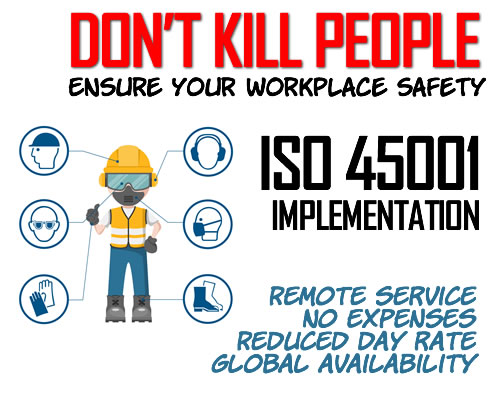If that headline has you scratching your head, you’re not suddenly suffering from dandruff. ISO has published an official document on “Revised Glossary of Definitions” — a title which is redundant, by the way — presumably to replace the previous official ISO document “N400.” Normally ISO documents are published with things like, you know, an ISO logo along with an official “N” number, but this one was uploaded without any such markings. This makes us wonder if it’s even official at all, but given the ridiculousness of it all, I think we can assume it is.
The document provides definitions of words which appear in ISO 9001, along with — get ready for this — definitions of words that appear in ISO 9000, the official standard of definitions used in ISO 9001. That means that if you want to understand the words in ISO 9001 you need to buy a copy of ISO 9000 and then also scrounge around the internet to find this additional obscure document that wasn’t vetted or approved by anyone, apparently. From ISO’s standpoint, though, it’s official.
Of importance, for example, is that ISO has finally defined the term “knowledge.” Given that ISO 9001 includes a clause on “organizational knowledge,” this is critical; the 9001 standard provides help on what “organizational” means, but nowhere had anyone defined the other half of the term. Even ISO 9000 didn’t touch it, leaving everyone wonder just what the clause on “Organizational Knowledge” was on about. Now we can find a definition inside this weird un-numbered, unmarked ISO document:
Knowledge: available collection of information being a justified belief and having a high certainty to be true
A friend and fellow ISO 9001 book author wrote me to say that based on this definition, “risk-based thinking” wouldn’t qualify as “knowledge” since it’s not based on a justified belief (they made it up on the spot) and has no certainty of being true. To which I say, “LOL.”
The document’s properties indicate it was written by one Graham Watson, some otherwise obscure TC 176 Brit who nevertheless shows up on a few “speaker” slots at obscure TC 176 meetings. The metadata title reads “Revised Glossary (based on ISO/TC176/SC N400 and discussions at Galway and Vilnius and subsequent correspondence”, which just rolls off the tongue, but which does point at least to the origins of the terms presented. The Vilnius and Galway meetings happened a long time ago (2015 and 2014 respectively), so the “revised” information isn’t particularly new, and there’s no reason much of it shouldn’t have shown in up in ISO 9000. Except that since ISO 9000 is a standard, those definitions would have been subject to a consensus vote, and by publishing these definitions in some obscure PDF elsewhere, ISO didn’t have to submit them for any voting.
Ultimately the set of definitions aren’t definitions, but a series of synonyms, which is the stupid man’s way of defining things. “Impartiality” is defined as “evenhandedness,” for example, which will be impossible to understand in any language other than English, or by people born with only one hand. “Perception” is defined as “cognition,” so clearly the ISO geniuses drinking vodka at Vilnius and beer at Galway just used Google to come up with their official definitions. Well done, morons.
It’s particularly troubling because many of these definitions are important, and getting them right would have been critical to assisting users of ISO 9001. the document is dated September 2016, so it came a full year after the publication of ISO 9001, further proof that ISO was more concerned with hitting its publication date than having a standard that was well-understood. Making matters worse is that nearly no one will even know this un-named, unmarked document even exists, and if they do, since it doesn’t have a title there’s no way to even reference it.
Then think about it: when you buy a copy of ISO 9000, the international standard on definitions used within the ISO 9000x family of standards, it won’t actually be complete. TC 176 literally had to release a document providing definitions of words used in their other standard on definitions. It’s embarrassing.
I will likely humiliate ISO into adding a logo and an “N” number to make it official, but I won’t be successful in getting them to do much else.
You can’t make this stuff up.
Christopher Paris is the founder and VP Operations of Oxebridge. He has over 35 years’ experience implementing ISO 9001 and AS9100 systems, and helps establish certification and accreditation bodies with the ISO 17000 series. He is a vocal advocate for the development and use of standards from the point of view of actual users. He is the writer and artist of THE AUDITOR comic strip, and is currently writing the DR. CUBA pulp novel series. Visit www.drcuba.world








